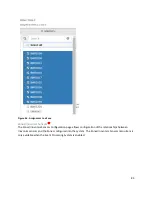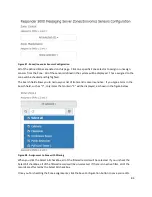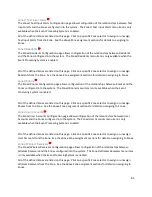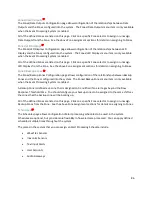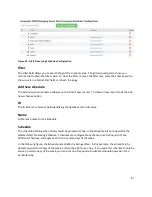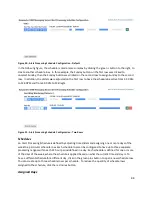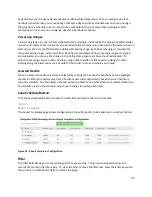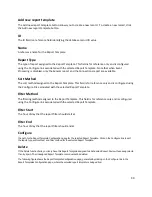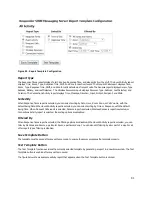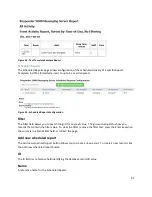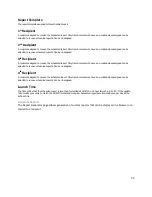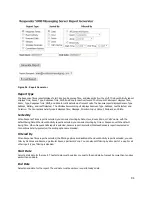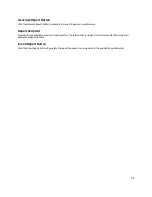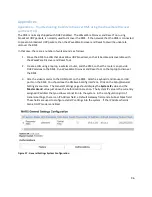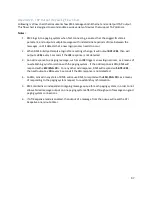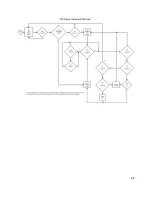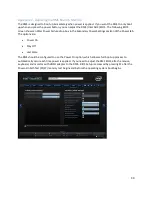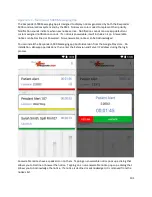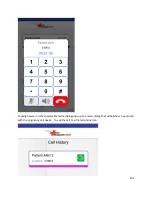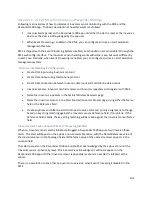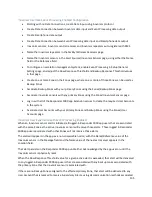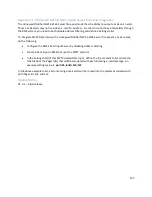
97
Appendix B - TAP Output Processing Flow Chart
Following is a flow chart that documents how RMS manages both Ethernet and serial port TAP output.
This flow chart is designed to accommodate a wide variety of devices that support TAP protocol.
Notes:
1.
RMS logs into a paging system when first connecting, assumes that the Logged IN state is
persistent, and outputs multiple messages with indeterminate periods of time between the
messages, until it detects that a new login process needs to occur.
2.
When RMS initially attempts a login after a settings change, it will output
BYE<CR>
, then will
output a
<CR>
every 3 seconds if the
ID=
response is not detected.
3.
An odd response to a paging message, such as an
ID=
triggers a new login process, as a means of
re-establishing synchronization with the paging system. If the odd response is
ID=,
RMS will
respond with
<ESC>PG1<CR>
. For any other odd response, RMS will respond with
BYE<CR>
,
then will output a
<CR>
every 3 seconds if the
ID=
response is not detected.
4.
An
ID=
, sensed in any state of RMS, will cause RMS to respond with
<ESC>PG1<CR>
as a means
of responding to the paging system request to re-establish synchronization.
5.
RMS maintains an independent outgoing message queue for each paging system, in order to not
allow a failed message output on one paging system affect the throughput of messages on good
paging system connections.
6.
If ATI Keepalive mode is enabled, the output of a message from the queue will reset the ATI
Keepalive one minute timer.

